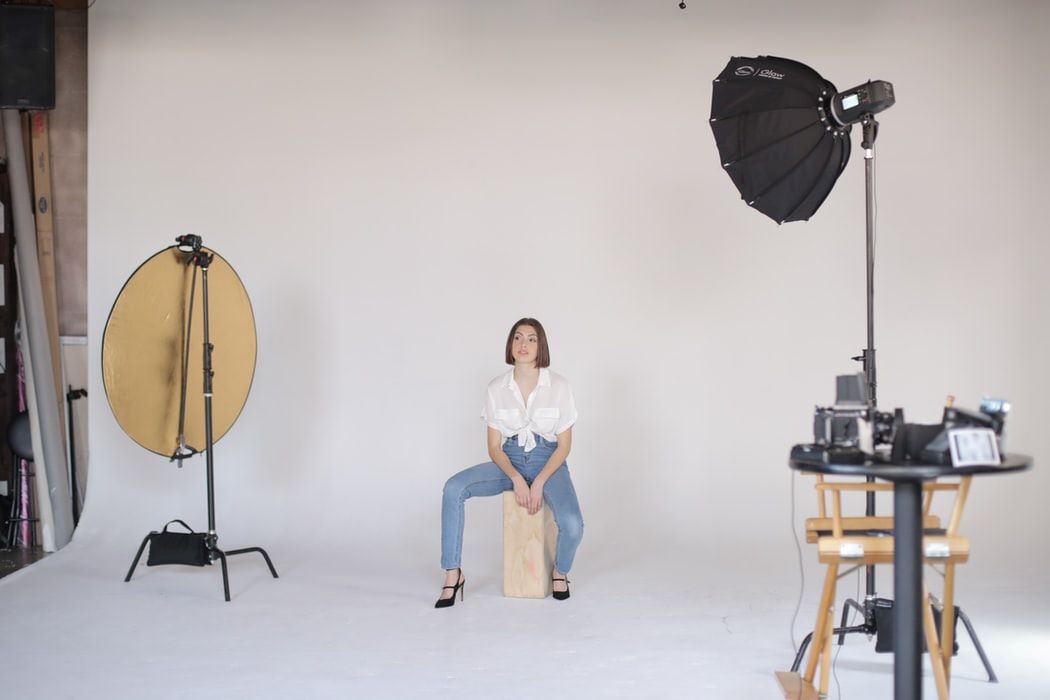How Many Headshots Should an Actor Have?

(Photo: Joel Muniz | Unsplash)
For aspiring actors, headshots are one of the most critical tools in landing auditions and securing roles. A well-crafted headshot can open doors to a successful acting career, while a poorly executed one may hinder an actor’s chances. However, the question often arises: How many headshots should an actor have? The answer depends on several factors, such as the actor’s type, experience, and the casting industry they’re pursuing. In this article, we’ll explore the ideal number of headshots an actor should have to maximize their opportunities.
1. The Basic Headshot – The Must-Have Photo
At the very least, every actor should have one high-quality, professional headshot that accurately represents their natural look. This headshot should capture the actor’s essence and present them in a way that casting directors will recognize for a wide range of roles.
Typically, this is a simple, clean headshot taken against a neutral background (usually gray, white, or black). It’s important that this shot reflects the actor’s personality, with minimal makeup and natural lighting to emphasize their features.
In the industry, this headshot is often referred to as the “commercial headshot” because it is generally used for a variety of roles—ranging from TV spots to feature films. This is the photo that is most commonly sent to agents and casting directors. It should show the actor in their best light without looking too polished or overly stylized.
2. Character Headshots – Showcasing Range
While one headshot might be enough for some, most actors will benefit from having at least two additional character shots that showcase different facets of their personality and range. These character shots can reflect various types of roles the actor may be cast in, from serious and intense characters to lighthearted or comedic ones.
For example:
- Dramatic Shot: A headshot that captures a more serious, intense, or somber look. This type of shot is perfect for roles in drama or thrillers, where the actor is called to portray deep emotions or conflict.
- Comedic/Approachable Shot: A lighthearted, warm, and engaging headshot is crucial for actors pursuing roles in comedy, sitcoms, or family-friendly content. These shots often show a more relaxed or happy expression, giving the impression of approachability and humor.
Having multiple shots for different genres helps casting directors quickly gauge whether an actor can play various types of characters, expanding their potential casting options.
3. Lifestyle or Commercial Headshots – Flexibility in Look
In addition to a basic or character headshot, some actors may also benefit from lifestyle or commercial headshots that reflect their ability to represent brands, products, or lifestyles. This kind of headshot is often used for commercials, print advertisements, and promotional content.
Lifestyle headshots typically show the actor in more relaxed or casual settings, often with a warm or energetic expression. These shots are used to sell products or create a specific image that appeals to a brand or audience. The background may include props or settings that tie into the type of lifestyle the actor is meant to represent (e.g., sports, fashion, or fitness).
For actors who want to work in commercial or advertising spaces, having a lifestyle shot in their portfolio can demonstrate versatility and a broader range of acting skills.
4. The Importance of Updated Headshots
It’s crucial to keep headshots up to date, especially for actors whose physical appearance may change over time. An outdated headshot can create a mismatch between the actor’s appearance and the roles they are auditioning for, which can result in wasted time at auditions.
Experts recommend that actors update their headshots every one to two years. This ensures they reflect the actor’s current look, from changes in hair color or style to shifts in weight or general appearance.
5. How Many Headshots Does an Actor Really Need?
In summary, most professional actors typically have at least three to four different headshots:
- The Basic Headshot: A clean, neutral shot representing the actor’s natural look.
- A Dramatic or Serious Shot: To show depth and ability to handle intense roles.
- A Comedic or Approachable Shot: To showcase a lighter, more relatable side.
- A Lifestyle or Commercial Headshot (optional but recommended): To show versatility for commercials, print, or promotional work.
While some actors may choose to have even more specific shots depending on their career goals or the type of acting they are pursuing (e.g., theatrical shots, character-specific headshots), three to five headshots is generally a good starting point.
6. Quality Over Quantity
While having a variety of headshots is important, quality should always be prioritized over quantity. It’s better to have a few outstanding, high-quality headshots that truly represent your range than to have many mediocre ones. When working with a photographer, always aim for clarity, professionalism, and authenticity.
As casting director and coach Bonnie Gillespie says, “Your headshot is your first impression, and it has to speak volumes about who you are, what you can do, and what kind of roles you’re perfect for. Make sure every shot in your portfolio counts.”
Conclusion
Ultimately, the number of headshots an actor needs depends on their career path and the type of work they’re hoping to secure. A combination of at least three or four headshots—each reflecting a different aspect of the actor’s range—will help casting directors see their versatility and increase their chances of being considered for a variety of roles. Always keep your headshots updated and ensure that they reflect who you are, both as a person and as an actor.




